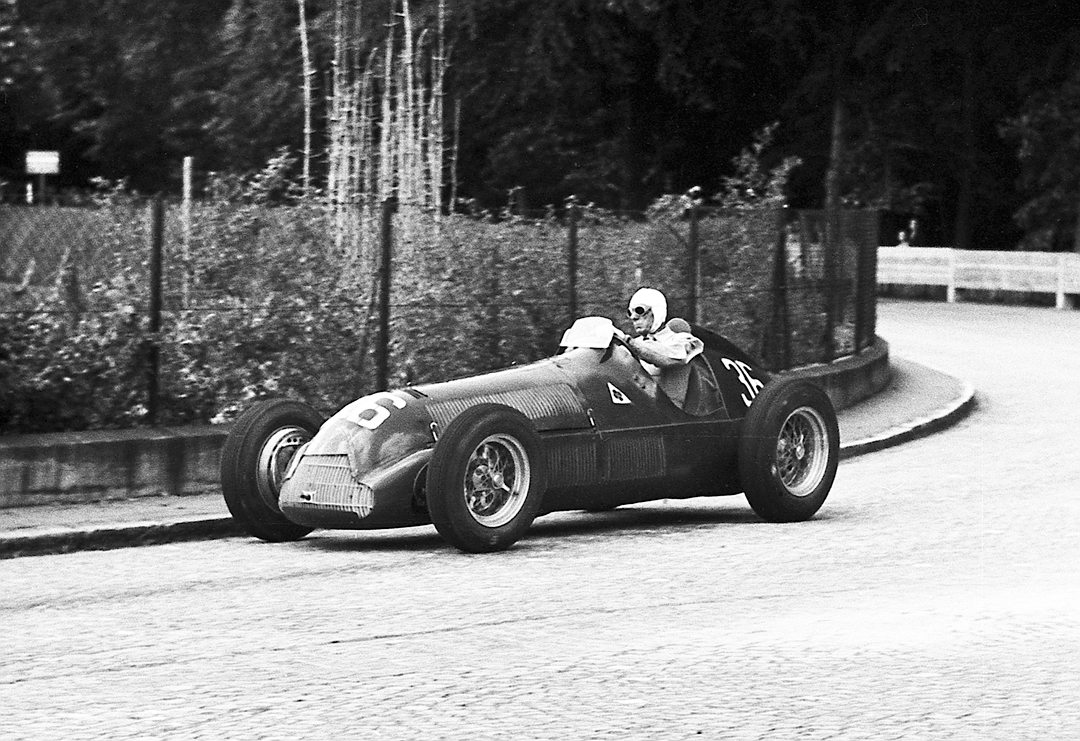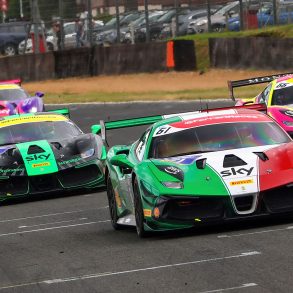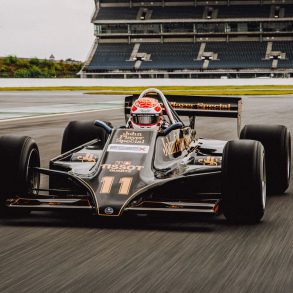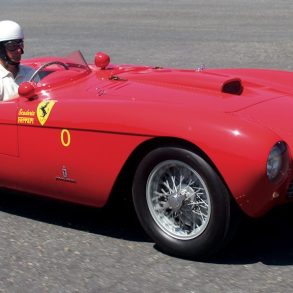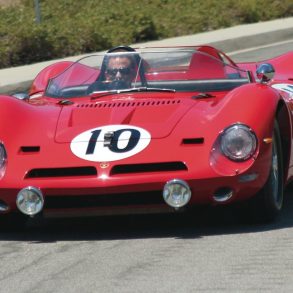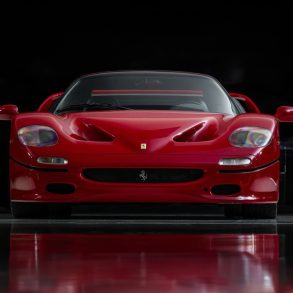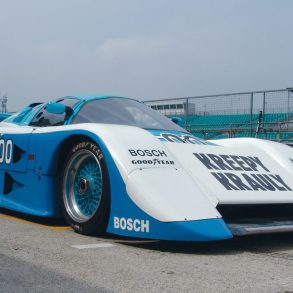The story of the Alfa Romeo 158 is packed with heroes, starting with its designer, Gioacchino Colombo. He submitted his drawings for a straight-8 1,500-cc voiturette to the Alfa headquarters near Milan back in January 1936. And as the design began to take shape, Alfa placed on standby drivers like Tazio Nuvolari, Emilio Villoresi—Gigi’s brother—Giuseppe Farina, Raymond Sommer, Jean-Pierre Wimille, Clemente Biondetti, and their own staffer Francesco Severi to help whip the car into shape.
Three of the six 158s built by midsummer 1938 had their first outing in the Coppa Ciano Junior at Livorno on August 7, entrusted to Severi, Biondetti, and Villoresi. It was Emilio who scored the car’s first victory there and then, and Juan Manuel Fangio its last in 159 style at the 1951 Grand Prix of Spain at Pedralbes. The Alfa Romeo 158/9 had basked in glory for no fewer than nine years, a record that has never been broken by any other car.
Become a Member & Get Ad-Free Access To This Article (& About 6,000+ More)
Access to the full article is limited to paid subscribers only. Our membership removes most ads, lets you enjoy unlimited access to all our premium content, and offers you awesome discounts on partner products. Enjoy our premium content.
Become a member today!
Already a Member?


